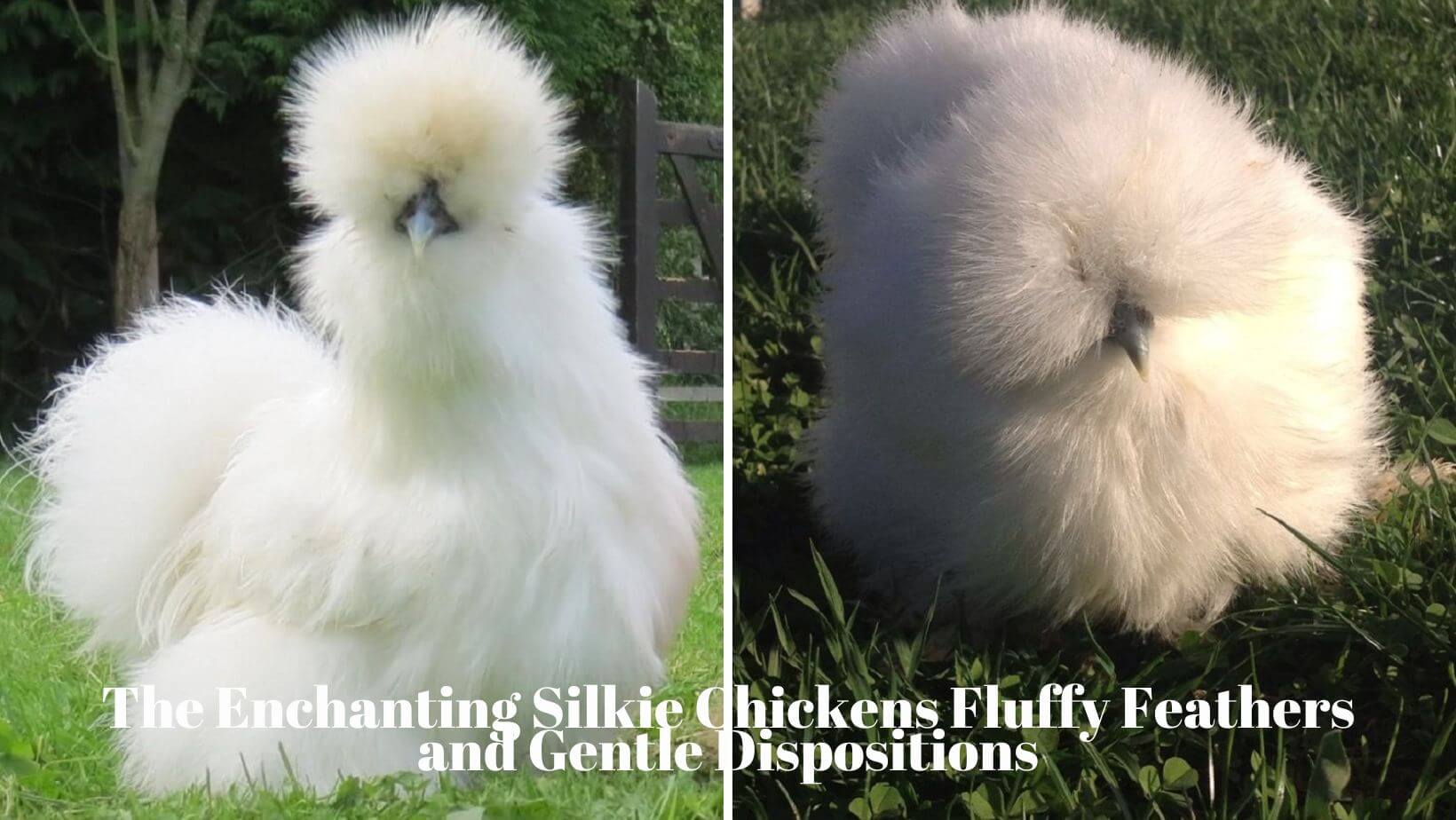In the realm of backyard poultry, there is a breed of chicken that stands out with its unique appearance and gentle nature - the Silkie chicken. With their soft, fluffy feathers, striking black skin, and friendly dispositions, these birds have captured the hearts of chicken enthusiasts worldwide. In this blog post, we delve into the captivating world of Silkie chickens, exploring their origins, characteristics, care requirements, and the joy they bring to those who keep them as beloved pets.
- Enigmatic Beauty Unearthed: The Astonishing Marvels of Crowley Lake Columns
- Aмazingly Ƅeautiful pink lakes
1. A Fluffy Delight: Unveiling the Silkie Chicken's Appearance:

Silkie chickens are instantly recognizable for their distinctive appearance. Their feathers lack the normal structure found in other chicken breeds, giving them a fluffy, down-like appearance. These feathers come in a variety of colors, including white, black, blue, partridge, and buff. Silkie chickens also have striking black skin, blue earlobes, and a small, round crest atop their heads, adding to their charm.
2. A Gentle and Docile Nature: Exploring the Silkie Chicken's Disposition:

Silkie chickens are known for their friendly and calm personalities, making them popular choices as backyard pets. They are docile birds that enjoy human interaction and are often described as being "lap chickens." Their gentle nature makes them suitable for families, including children, as they are generally tolerant and easy to handle.
3. Origins and Cultural Significance: Tracing the Silkie Chicken's History:

The exact origins of Silkie chickens are shrouded in mystery, but they are believed to have originated in ancient China. These birds were highly prized and revered for their unique appearance and believed to possess mystical qualities. Silkies made their way to Europe during the 19th century and have since gained popularity worldwide for their ornamental value and gentle temperament.
4. Care and Housing Requirements: Ensuring the Well-being of Silkie Chickens:

Silkie chickens have specific care requirements due to their unique feathers and susceptibility to certain health issues. Their fluffy plumage is prone to matting, so regular grooming is necessary to keep their feathers clean and free from tangles. Additionally, Silkie chickens are not the best flyers and are more suited to smaller, enclosed spaces or backyard environments where they can be protected from predators.
5. Silkie Chickens as Pets: The Joy of Keeping these Feathered Companions:

Silkie chickens make wonderful pets for both novice and experienced chicken keepers alike. Their friendly nature and unique appearance bring joy and delight to those who have the pleasure of raising them. Beyond their ornamental value, Silkie chickens also lay eggs, although they are not prolific layers. The eggs are typically smaller and cream-colored, and while they may not be abundant, they are considered a special treat.

As we conclude our journey into the world of Silkie chickens, let us reflect on the joy and companionship these enchanting birds bring to our lives. Whether admired for their fluffy feathers, gentle nature, or cultural significance, Silkie chickens have a special place in the hearts of poultry enthusiasts.
Let us continue to appreciate the diversity of the animal kingdom and embrace the responsibility of caring for these feathered companions. By providing them with proper care, love, and a safe environment, we can ensure the well-being and happiness of Silkie chickens, fostering a harmonious bond between humans and these delightful creatures.
See more:










